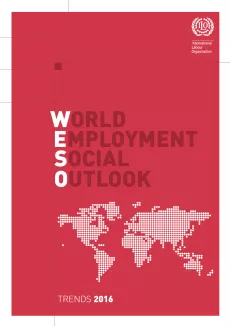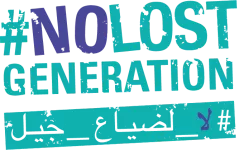World employment social outlook: trends 2016
ILO
Highlights
The world economy is estimated to have expanded by 3.1 per cent in 2015, over half a percentage point less than had been projected a year earlier. The economic weakening has caused a further increase in global unemployment. In 2015, the number of unemployed people reached 197.1 million – approaching 1 million more than in the previous year and over 27 million higher than pre-crisis levels. This increase in the number of jobseekers in 2015 occurred mainly in emerging and developing countries.
Poor job quality remains a pressing issue worldwide. The incidence of vulnerable employment – the share of own-account work and contributing family employment, categories of work typically subject to high levels of precariousness – is declining more slowly than before the start of the global crisis.
Vulnerable employment accounts for 1.5 billion people, or over 46 per cent of total employment. There are also significant gender gaps in job quality. Women face a 25 to 35 per cent higher risk of being in vulnerable employment than men in certain countries in Northern Africa, sub-Saharan Africa and the Arab States.
The need to address these long-term trends adds urgency to the calls by the ILO for a shift in economic and employment policies. It is particularly important to strengthen labour market institutions and ensure that social protection systems are well designed, in order to prevent further increases in long-term unemployment, underemployment and working poverty. A rebalancing in reform efforts is also needed. In particular, financial reforms need to ensure that banks perform their role of channelling resources into the real economy and into investment for sustainable enterprise expansion and job creation.



